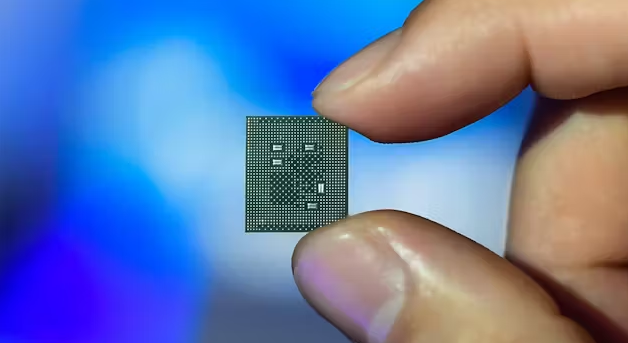In recent years, Xiaomi has established itself as a major player in the smartphone market, offering high-quality devices at competitive prices. However, some users have reported experiencing CPU problems in certain Xiaomi phone models. Understanding the reasons behind these issues requires a closer look at various factors, including hardware design, software optimization, and user behavior.

Hardware Design and Manufacturing Quality
One of the primary reasons for CPU problems in Xiaomi phones can stem from issues related to hardware design and manufacturing quality. While Xiaomi often utilizes advanced manufacturing techniques and cutting-edge technology, inconsistencies can arise in the production process.
- Component Quality: Not all components are sourced from top-tier suppliers, leading to potential reliability issues over time. Lower quality chips or inadequate thermal management solutions can result in overheating and performance throttling during intensive tasks, such as gaming or multitasking.
- Thermal Management: Effective thermal management is crucial for any smartphone's performance. Xiaomi phones, especially in mid-range models, sometimes lack advanced cooling systems, leading to overheating. This can cause the CPU to throttle performance to prevent damage, which users may interpret as significant performance degradation.
- Design Limitations: Compact designs leave little room for heat dissipation. In some Xiaomi models, the placement of components may contribute to heat concentration in critical areas, affecting performance during prolonged use.
Software Optimization
While hardware is a significant factor, software optimization greatly influences CPU performance. Xiaomi uses MIUI, its custom Android skin, which occasionally presents challenges.
- MIUI Bugs: Some users have reported bugs that affect CPU performance intermittently. These might include background processes consuming excessive resources, leading to slowdowns and increased power draw.
- Resource Management: MIUI's approach to resource management may not always be optimal. Poorly optimized apps and system processes can lead to excessive CPU usage, impacting overall system responsiveness. Users may experience lag or stuttering, particularly when using tax-heavy applications or features.
- Updates and Patches: Frequent updates are necessary to address bugs and optimize performance. However, some updates can introduce new issues or regressions, leading to CPU performance problems. Users may find that a new version of MIUI temporarily worsens performance until subsequent patches are released.
Network Usage
Xiaomi devices often come with robust features that enable high network usage, including Dual SIM capabilities and advanced Wi-Fi functionalities. However, this can lead to additional CPU stress.
- Background Processes: Background applications that monitor network usage can spike CPU activity, especially if multiple apps are constantly refreshing data or maintaining connections.
- Push Notifications: Frequent push notifications and syncing activities can lead to CPU spikes, particularly if applications are not properly managed. For users who rely on numerous apps for communication and updates, this can become a significant source of CPU load.
- Location Services: GPS and other location services can also strain CPU resources, primarily when used by multiple applications simultaneously. This is further exacerbated in urban environments where tracking can span multiple networks.
User Behavior
Understanding CPU issues also requires insight into user behavior and usage patterns, which can significantly impact performance.
- Multitasking Habits: Users who frequently open numerous applications may unintentionally push their devices beyond optimal performance
limits. Xiaomi devices with lower RAM can struggle when many applications are active simultaneously, leading to lagging and slow performance.
- Gaming: Mobile gaming can be particularly taxing on CPUs. Users who engage in heavy gaming without considering the device’s limitations may experience CPU throttling due to overheating, as the processor attempts to guard against damage.
- Battery-Saving Modes: Xiaomi devices offer various power-saving modes that throttle CPU performance to preserve battery life. While this can be beneficial for casual usage, users seeking high performance during gaming or demanding tasks may find this frustrating.
Conclusion
While Xiaomi phones generally deliver impressive performance and value, various factors contribute to CPU issues in some models. Hardware design flaws, manufacturing quality, software optimization challenges, network usage, and user behavior all play a role in this phenomenon.
As technology progresses, it's essential for manufacturers, including Xiaomi, to continually refine their devices to enhance performance and alleviate these concerns. Users should stay informed about potential software updates and optimize their device settings to mitigate such issues while enjoying the experience that their Xiaomi smartphone offers. By understanding these elements, users can make informed decisions and potentially minimize CPU-related problems in their devices.












